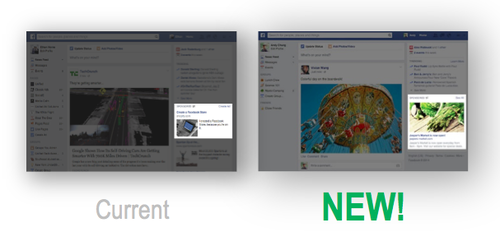
This past April, Facebook announced a complete redesign of their right hand column (RHC) ad products and as of June 24th, we’re starting to see the new layout pop up live on the site.
Now, we know what you’re thinking: Facebook has made changes in the past… What’s so special about this one and how will it affect my social campaigns?
As it turns out, unlike many of Facebook’s design updates, this release is a bit more exciting in that it allows you to draw more attention to your right hand column ads with a visual layout that’s more consistent with the those that appear in the News Feed.
As you well know, your audience engages heavily with images throughout their social experience — and the new right hand ad allows you to play into this via paid campaigns. Rather than come off as an interruption or intrusion, the new layout allows your ads to better compliment your audience’s social experience.
Here’s a look at the top 5 things you need to know about the release:
1) Bigger Share of Voice
With the new design, brands will have a bigger share of voice (SOV) on all of Facebook. Users will see only two of the larger ads on all pages including the Homepage. You will no longer need to fight as hard for clicks and will have more of your audience’s attention.
2) More Engagement for Everyone!
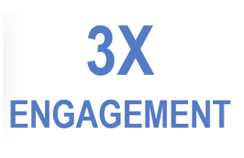
Facebook is reporting that they saw 3x the engagement with the new layout as compared to the previous design. As a result of obtaining more valuable real estate, the layout aims to produce more qualified clicks from a precise audience.
3) Consistent Look = Positive Perception
Previously, News Feed ads reported a significantly higher CTR compared to RHC ads. With this release, the RHC ads will resemble News Feed ads — encouraging users to have a more positive perception of the RHC ads and increased engagement.
4) The Magic Number = 1.91:1
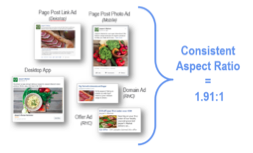
The new ads will leverage the same aspect ratio (1.91:1) as ads within the News Feed, allowing for seamless campaign set-up, cohesive creative, and saved time. Marketers will no longer need a unique image for ads in the right-hand column. Additionally, RHC ads will be restricted to the same 20% text per photo policy that is enforced across New Feed ads.
5) Profit off of early adoption
Facebook started displaying the new Right Hand Column ad layout as of June 24th. Upon each page load, users will see either the new layout with only 2 ads in the RHC, or the older layout with multiple ads. We recommend you update your existing campaigns ASAP to take advantage of the new layout as you’ll be one of the first to grab the attention of your audience using the new look and feel. Plus, you’ll want to start collecting data/results using the new layout so you can start optimizing your campaigns accordingly.
Timing and Next Steps
Facebook is allowing advertisers a grace period before you are required to move existing RHC ads to the new format. You have until September 1st to update creative. After that date, Facebook will stop delivering all ads with outdated creative.

We are excited to see how the new design will not only drive more qualified traffic, but also help marketers drive reach in a cost-effective manner. With bigger real estate, increased engagements, and more SOV brands are almost guaranteed to see a positive ROI.
Leave us a comment and let us know how your campaigns perform in the new layout.
Questions? We’ll be watching the comments here so leave us a note and we’ll do our best to help.



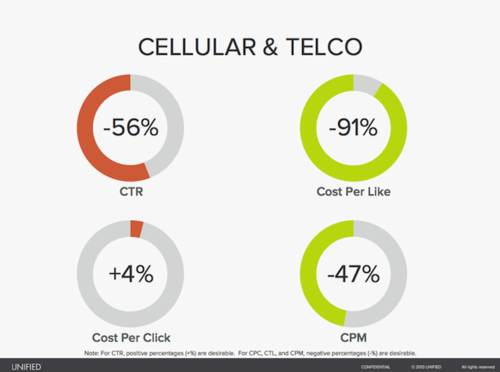
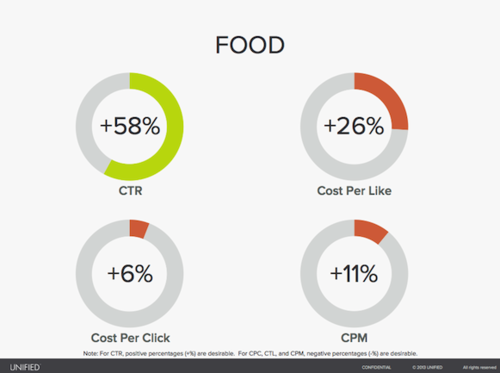
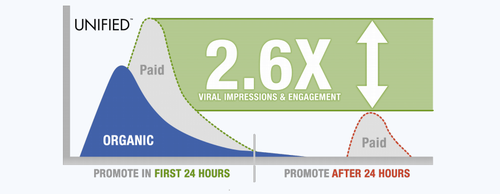

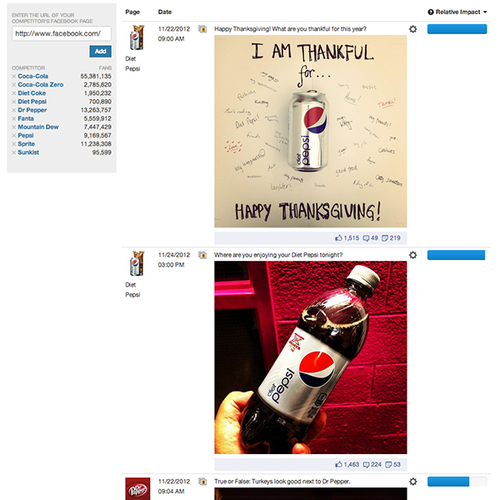
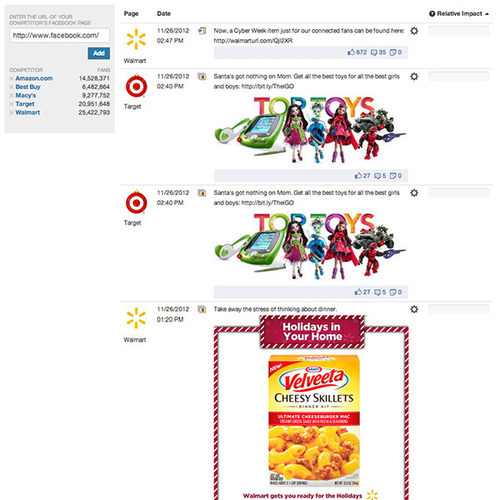
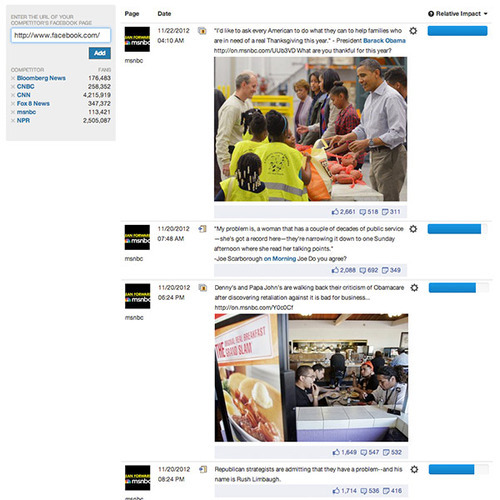






Recent Comments